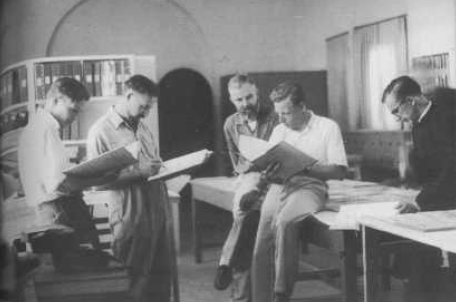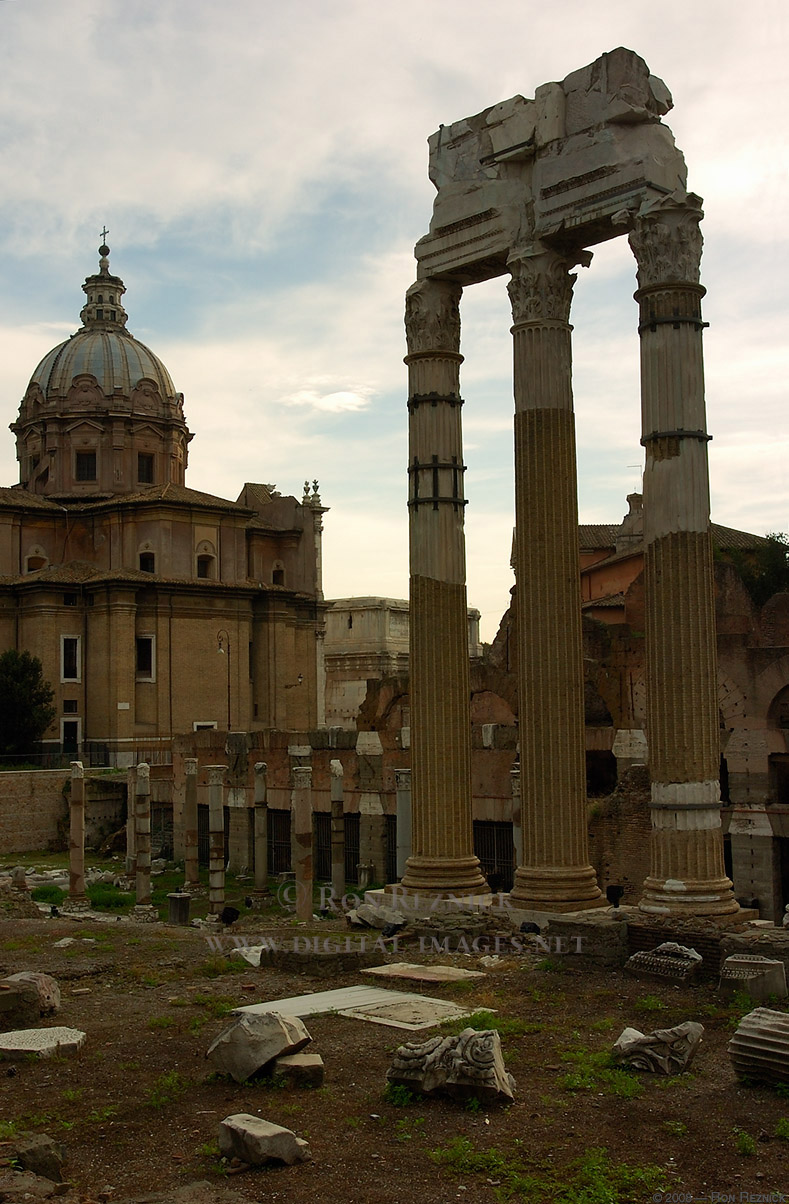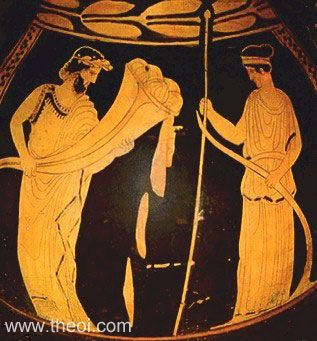John William Godward, "Absence Makes The Heart Grow Fonder", 1912.
Absence, trusty disciples. It is like a sharp needle twisting at the inside of your substandard minds; like the icy cold seeping through your joints as if you were plunging headfirst into the East Siberian Sea or like a fiery dagger potruding your intestines.
Absence, friends and comrades. From the Latin absens, present participle of abesse, "to be away from".
Yes, I have once again been absent for a prolonged period of time from this hallowed ground of earthshaking revelation. What have I been doing? Roaming throughout the earth, going back and forth on it? Nothing of the sort, loyal followers! I have been battling the endless hordes of the army of Connacht. I have been drinking deep, heavy draughts from Mimir's well. I have been dancing the Rasa lila with Radha and her sakhis. I have ensnared the Sun and given it a particular pounding with my jaw-bone club to coax it into going slower on its daily route through the sky, thus bringing more light to the world. Oh, and I have finally seen Immortals.
Killer movie. Epic. Excellent. Outstanding. Phenomenal. Exceptional. Fantastic. Marvellous. I was taken aback by some of the torture that was in it, though. What can I say? I have a weak stomach and a fragile mind. But I guess that's just how things were done in those days of old. Many critics will balk at the flagrant inaccuracies that are being perpetrated to the original myths in the film, but what is a myth if not dynamic? That reminds me of something T. S. Eliot once said: "Poetry is not a turning loose of emotion, but an escape from emotion; it is not the expression of personality, but an escape from personality. But, of course, only those who have personality and emotions know what it means to escape from these things."
Do you know what it means to escape from personality and emotions, faithful adherents?
Something to mentally chew on......




















